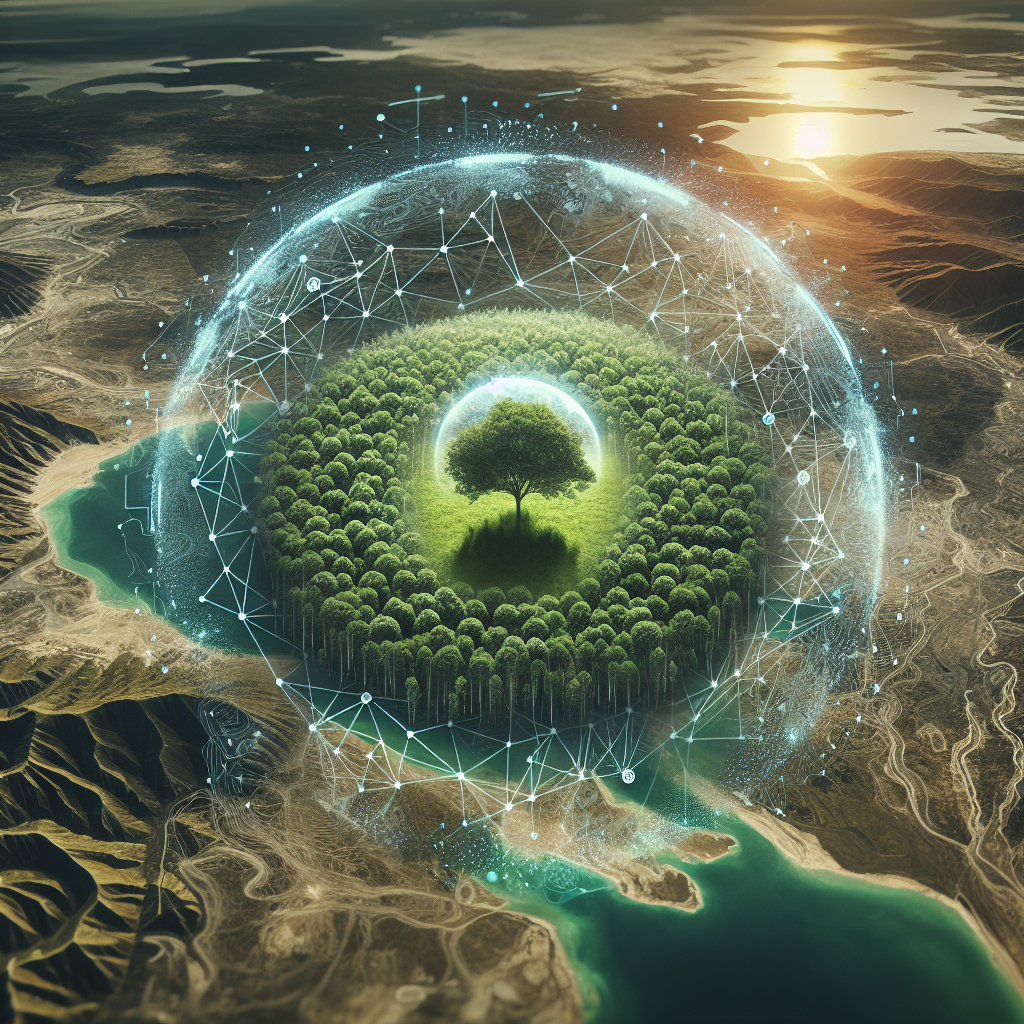Harnessing AI for Environmental Conservation
Introduction
Artificial Intelligence (AI) has the potential to revolutionize how we approach environmental conservation efforts. With the increasing threats to our planet, including climate change, deforestation, and loss of biodiversity, it is more important than ever to utilize innovative technologies to protect and preserve our natural resources. AI can play a crucial role in helping us monitor, manage, and mitigate these environmental challenges. In this article, we will explore the various ways in which AI can be harnessed for environmental conservation and the benefits it can bring.
Monitoring and Surveillance
One of the key applications of AI in environmental conservation is in monitoring and surveillance. AI-powered technologies such as drones, satellites, and cameras can be used to collect data on various environmental parameters, such as deforestation, wildlife populations, and water quality. These technologies can provide real-time, high-resolution data that can help environmentalists and policymakers make informed decisions about conservation efforts.
For example, in the Amazon rainforest, AI-powered drones are being used to monitor illegal logging activities and track changes in forest cover. By analyzing the data collected by these drones, researchers can identify areas at risk of deforestation and take action to protect them. Similarly, AI-powered cameras are being used to track endangered species, such as tigers and elephants, and monitor their populations and movements.
Resource Management
AI can also be used to optimize resource management in environmental conservation efforts. By analyzing large amounts of data, AI algorithms can help identify patterns and trends that can inform conservation strategies. For example, AI can be used to predict the impact of climate change on ecosystems and help develop adaptation strategies. It can also be used to optimize the placement of protected areas and reserves to maximize their effectiveness.
In addition, AI can help optimize the use of resources, such as water and energy, in conservation projects. By analyzing data on resource usage and environmental conditions, AI algorithms can identify opportunities for efficiency improvements and help reduce waste. This can help conservation organizations operate more sustainably and reduce their environmental footprint.
Decision Support
AI can also provide valuable decision support for environmental conservation efforts. By analyzing complex datasets and running simulations, AI algorithms can help predict the outcomes of different conservation strategies and recommend the most effective course of action. This can help conservationists make more informed decisions and allocate resources more effectively.
For example, AI can be used to model the impact of different land use policies on biodiversity and ecosystem services. By simulating different scenarios, AI algorithms can help identify the most sustainable land use practices and inform policy decisions. Similarly, AI can be used to optimize conservation strategies, such as habitat restoration and species reintroduction, to maximize their impact.
Challenges and Limitations
While AI has great potential for environmental conservation, there are also challenges and limitations that need to be addressed. One of the main challenges is data quality and availability. AI algorithms rely on large amounts of high-quality data to function effectively, and in many cases, such data may be lacking or incomplete. In addition, there may be biases in the data that can affect the outcomes of AI algorithms and lead to inaccurate results.
Another challenge is the complexity of environmental systems. Ecosystems are dynamic and interconnected, making it difficult to predict their behavior accurately. AI algorithms may struggle to capture this complexity and may overlook important factors that influence conservation outcomes. It is important for researchers and conservationists to work closely with AI experts to develop models that are robust and reliable.
Furthermore, there are ethical considerations that need to be taken into account when using AI for environmental conservation. For example, the use of AI-powered drones for surveillance raises concerns about privacy and data security. Conservation organizations need to ensure that they are using AI technologies responsibly and ethically, and that they are respecting the rights of local communities and indigenous peoples.
FAQs
Q: How can AI help combat climate change?
A: AI can help combat climate change by analyzing data on greenhouse gas emissions, predicting the impact of climate change on ecosystems, and optimizing energy usage. By identifying opportunities for efficiency improvements and developing adaptation strategies, AI can help reduce the impact of climate change and support sustainable development.
Q: What are some examples of AI technologies used in environmental conservation?
A: Some examples of AI technologies used in environmental conservation include drones for monitoring deforestation, cameras for tracking wildlife populations, and algorithms for optimizing resource management. These technologies can provide valuable data and insights that can inform conservation efforts and help protect natural resources.
Q: What are the benefits of using AI for environmental conservation?
A: The benefits of using AI for environmental conservation include improved monitoring and surveillance, optimized resource management, and better decision support. AI can help conservation organizations operate more effectively and efficiently, leading to better outcomes for biodiversity and ecosystems.
Conclusion
AI has the potential to revolutionize how we approach environmental conservation efforts. By harnessing the power of AI technologies, we can improve monitoring and surveillance, optimize resource management, and provide valuable decision support for conservation efforts. While there are challenges and limitations that need to be addressed, the benefits of using AI for environmental conservation are clear. By leveraging AI to protect and preserve our natural resources, we can create a more sustainable future for generations to come.

